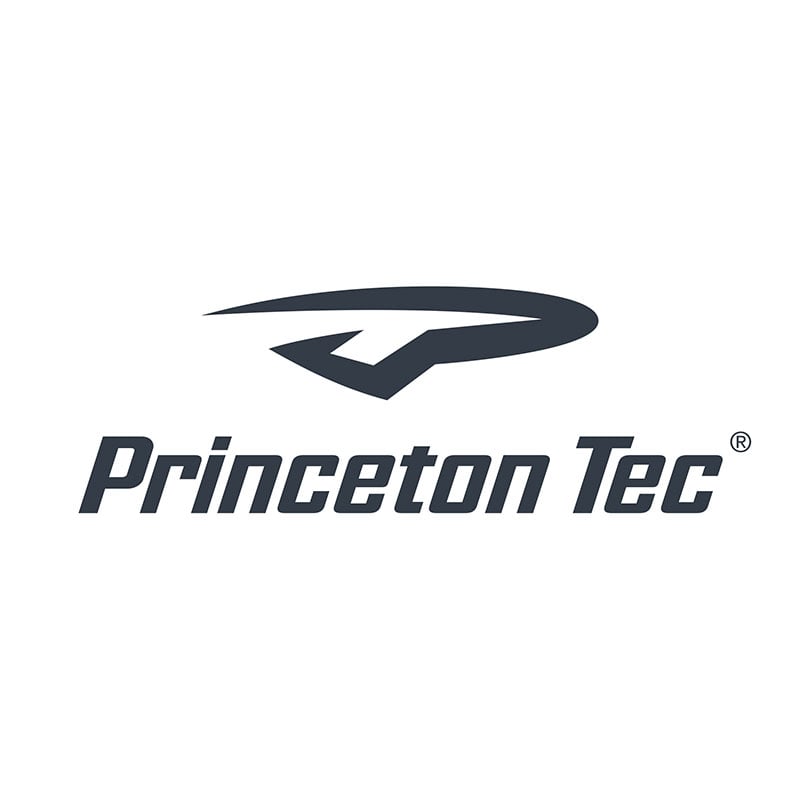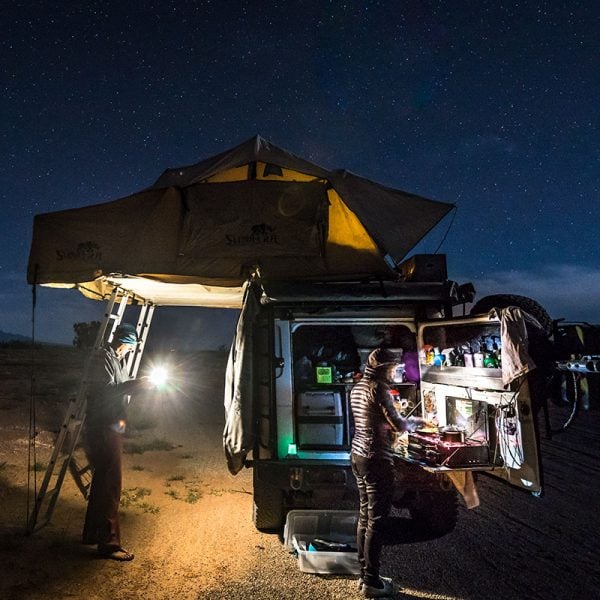Flood or Spot? Choosing the Right Headlamp Lighting Mode
Headlamps typically feature two main beam patterns: floodlights and spotlights. It’s important to know which setting is best suited for your activity. Floodlights are ideal for close-range tasks that require broad coverage. Spotlights excel in situations that require visibility over greater distances. Beyond beam patterns, it’s just as crucial to consider lumens, run time, and the need for multiple settings.
Floodlight vs. Spotlight: Differences and Use-Cases
A floodlight provides wide-angle coverage by emitting a broad beam that distributes light evenly over a large area. At close range, wide beams simulate normal daylight conditions and allow you to take advantage of your peripheral vision. Spotlights throw a narrow, powerful beam designed to illuminate distant areas.
Your activity largely determines the ideal beam pattern. Hikers and backpackers will benefit from a floodlight when setting up camp or for broad area trail coverage. Hunters might opt for a spotlight when scanning distant areas for game. Tactical situations often require switching between wide and focused beams.
Lumens
Lumen count is another factor to consider when choosing which beam pattern will best fit your needs. Lumens measure visible light output, with the general rule that higher lumens mean brighter light. Designed for close-range tasks, floodlights distribute light over a wide area, resulting in a lower count as intensity spreads out. With a focused and concentrated beam for long-range visibility, spotlights use higher lumen counts to project light over greater distances.
Run Time
When deciding how well a headlamp or handheld will serve you, run time shouldn’t be overlooked. It’s important to consider your preferred beam pattern and its effect on run time.
By projecting light over extended distances, spotlights typically use more energy and have a shorter run time. Floodlights often provide a longer run time due to their lower intensity over short distances. To maximize your headlamp’s run time, look for one that’s dimmable. Whether you’re dialing up for fast-paced activities or powering down for close-range tasks, this flexibility lets you maximize run time by using only the amount of light you need.
Dual Beam
A dual beam combines the long throw of a concentrated spotlight with the smooth, broad coverage of a floodlight. For trail running or other fast-paced hiking, this setting allows you to identify trail markers in the distance and spot objects in your path without switching between modes. Remember that dual beam settings tend to use a bright spotlight with a higher lumen count, resulting in a shorter run time.
Multiple Beam Settings
If simplicity is your priority when shopping for a headlamp, opt for a device with only a floodlight or spotlight. In scenarios where you primarily use one beam pattern, these headlamps provide straightforward functionality.
Headlamps with both floodlight and spotlight settings allow for greater versatility. With multiple beam settings, you can adjust your headlamp to your activity — illuminating greater distances or optimizing peripheral vision, depending on your needs.
__
For over 45 years, Princeton Tec has been a trusted source of durable lights that deliver high performance. Whether you’re focused on lumen count or overall versatility, categorizing lights by their intended use cases makes it easy to find the most suitable option for activities ranging from hiking adventures and hunting excursions to tactical missions and emergency situations. Trust Princeton Tec to provide the lighting solution you can count on for any terrain or task.


